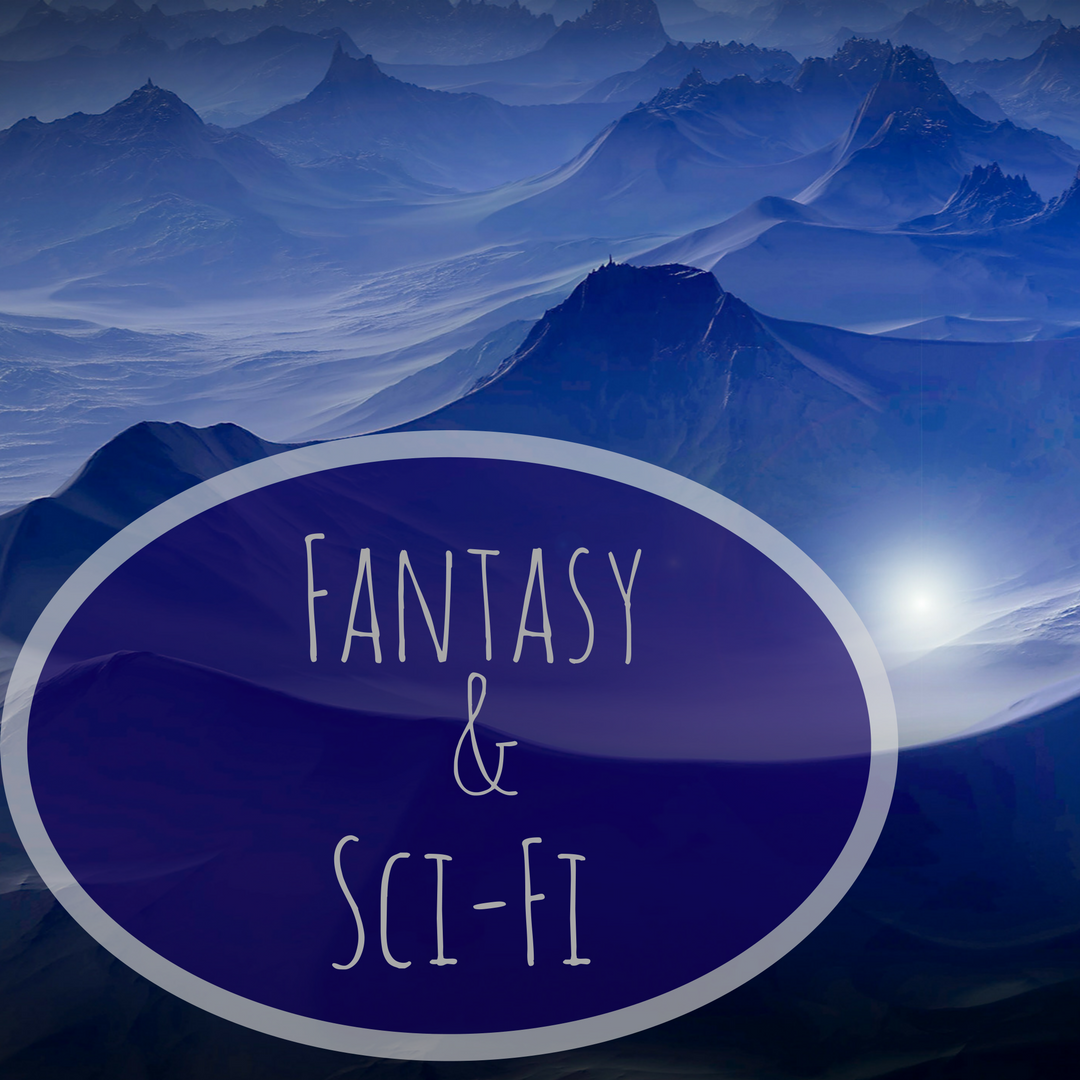“It was a dark and stormy night.” One of the most famous opening lines of literature comes from Edward Bulwer-Lytton and has been parodied or used many times since its first printing.
“Look, I didn’t want to be a half-blood.” Here is another well-known first line taken from the modern-day YA novel “The Lightning Thief” by Rick Riordan.
Which of these two hooks grabs you? Your answer might give a clue to what kind of writer you are.
The first line establishes a basic setting in just a few words. The second hook comes across more as dialogue since the character is speaking directly to the reader. Which spoke to you—the setting or the dialogue?
Many writers are either naturally talented at establishing setting or have an innate sense of the flow of dialogue, however, some struggle with gaining a balance between the two. It is particularly important for fantasy and sci-fi writers to know which of these is their strength. Since many fantasy and sci-fi worlds take a good amount of description, oftentimes dialogue can take a back seat.
How can you master this balanced tension of setting and dialogue? First, you’ll need to pinpoint which category you reside in. The next time you sit down to write, ask yourself: Do I see the setting in minute detail? Can I see every speck of world that surrounds my characters? Or, do I hear the dialogue first? Do my characters often come into focus while the background goes blurry? Whichever side feels natural is probably the area in which you are strongest. You now have a starting point to hone your craft.
Once you’ve established where your strength lies, you can begin the process of improving your weaker side. Sit down and create a chapter in the same way you usually do. Let it rest for a day. Then come back and read the whole thing out loud. Ask yourself: Can I see the setting? Is the background described with enough detail that I can feel the mood of the scene? Also, is the dialogue natural? Do I rely on only a line or two of dialogue to convey my message, or can I add to it to show the reader the interaction, instead of just telling them? Rewrite your chapter, read it aloud again, then repeat the process.
It may sound tedious, but after a few rounds, you’ll naturally add that needed setting or dialogue during your first draft, which will make less work later on. You may not get it right the first time, but being aware of your weakness will help you become better at your craft.
Setting and dialogue are equally important within any story. Fantasy and sci-fi writers can learn to establish not only a fantastical setting but to round out the story with exceptional dialogue, as well. After all, an eloquently written backdrop needs effective characters—and words between them—to keep the reader invested.
Laura L. Zimmerman is a homeschooling mom to three daughters, and a doting wife to one husband. Besides writing, she is passionate about loving Jesus, singing, drinking coffee and anything Star Wars. You can connect with her through Facebook and Twitter and at her website, www.lauralzimmerman.com






No Comments